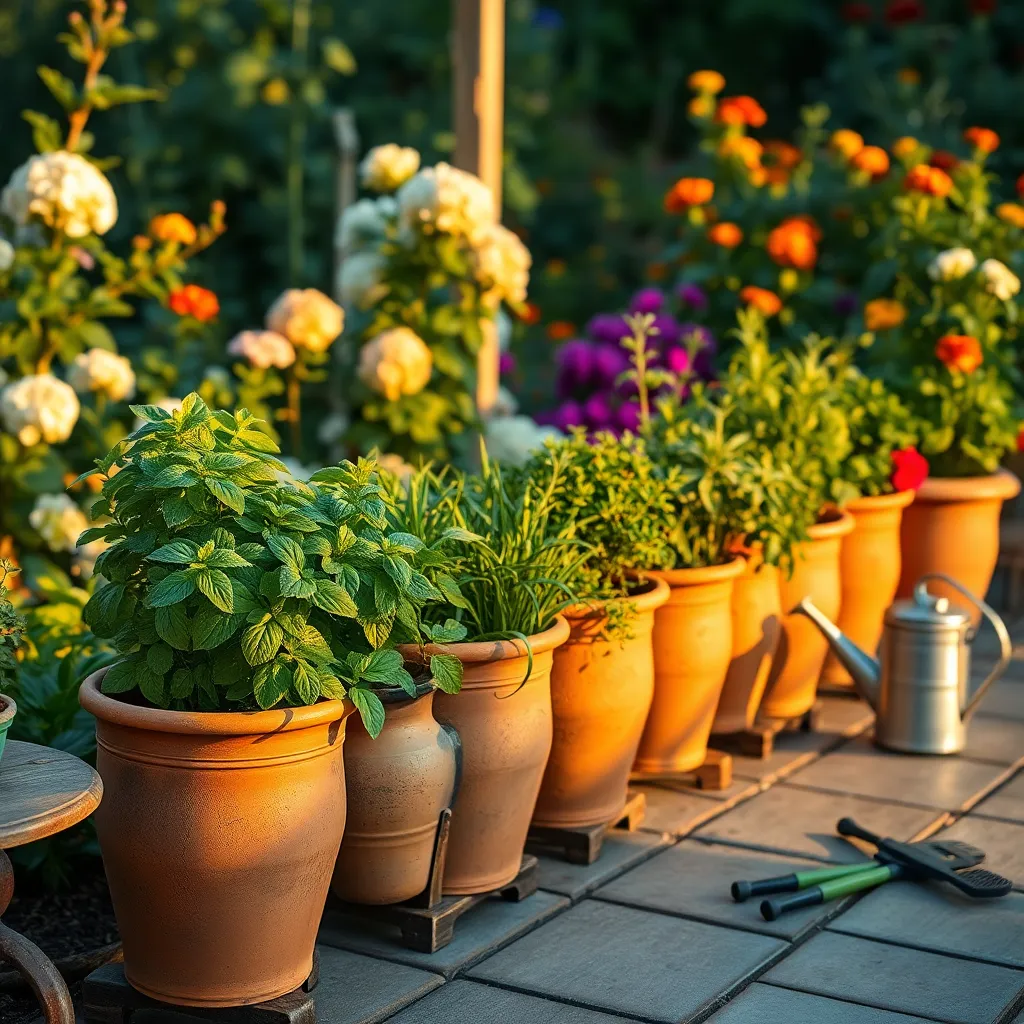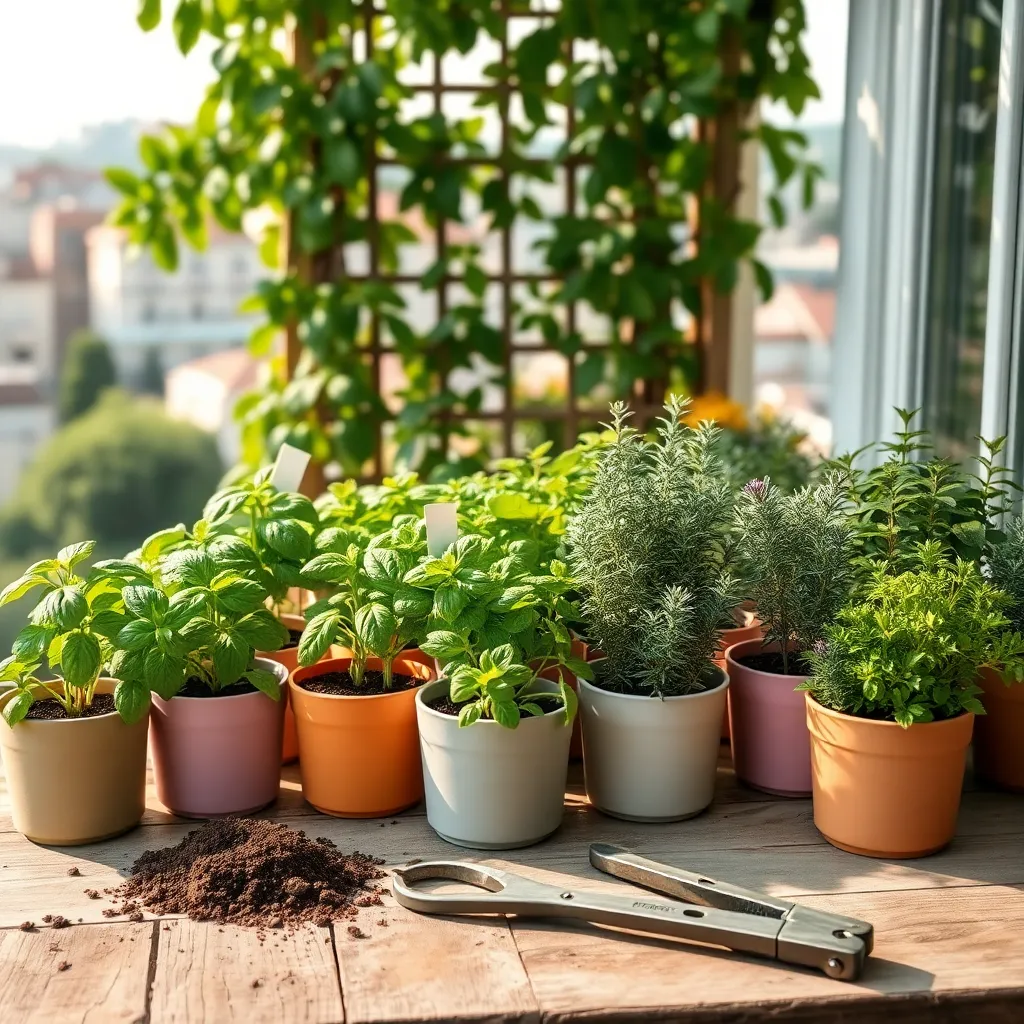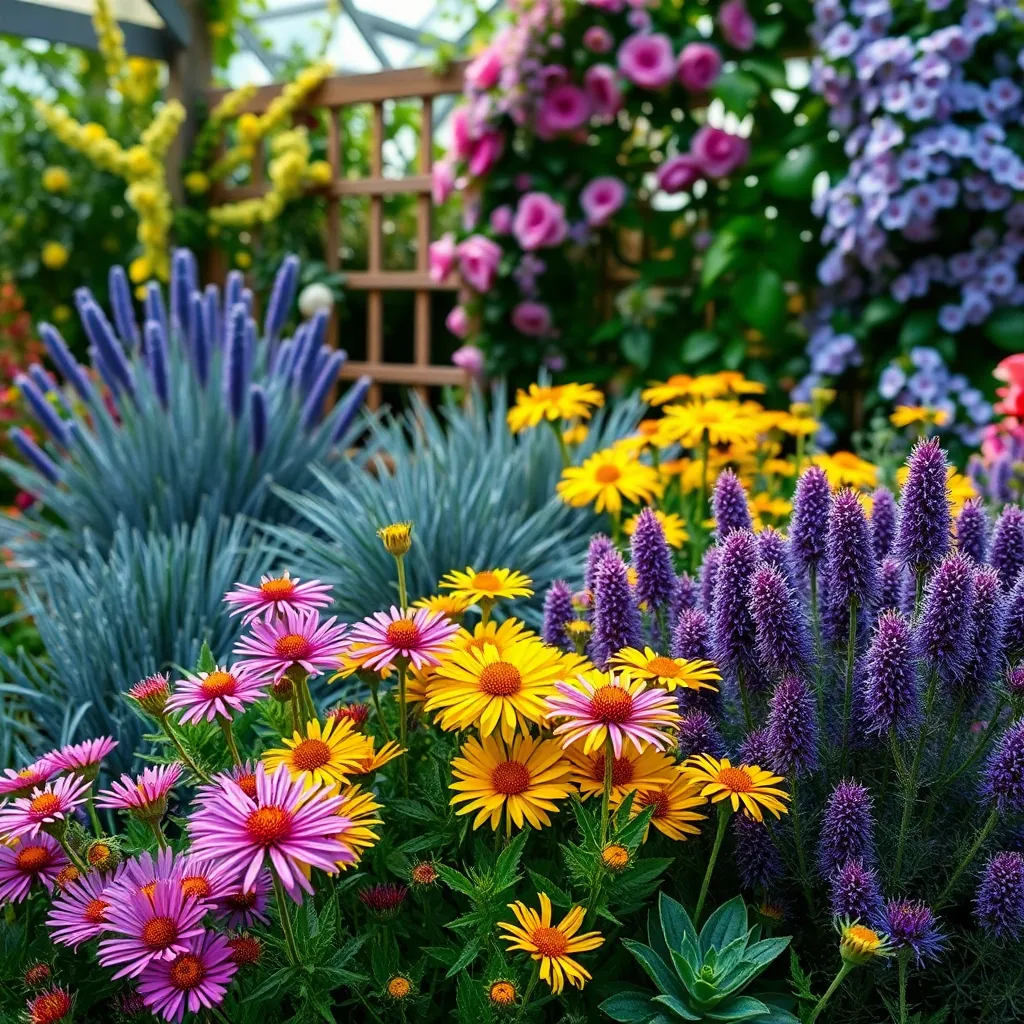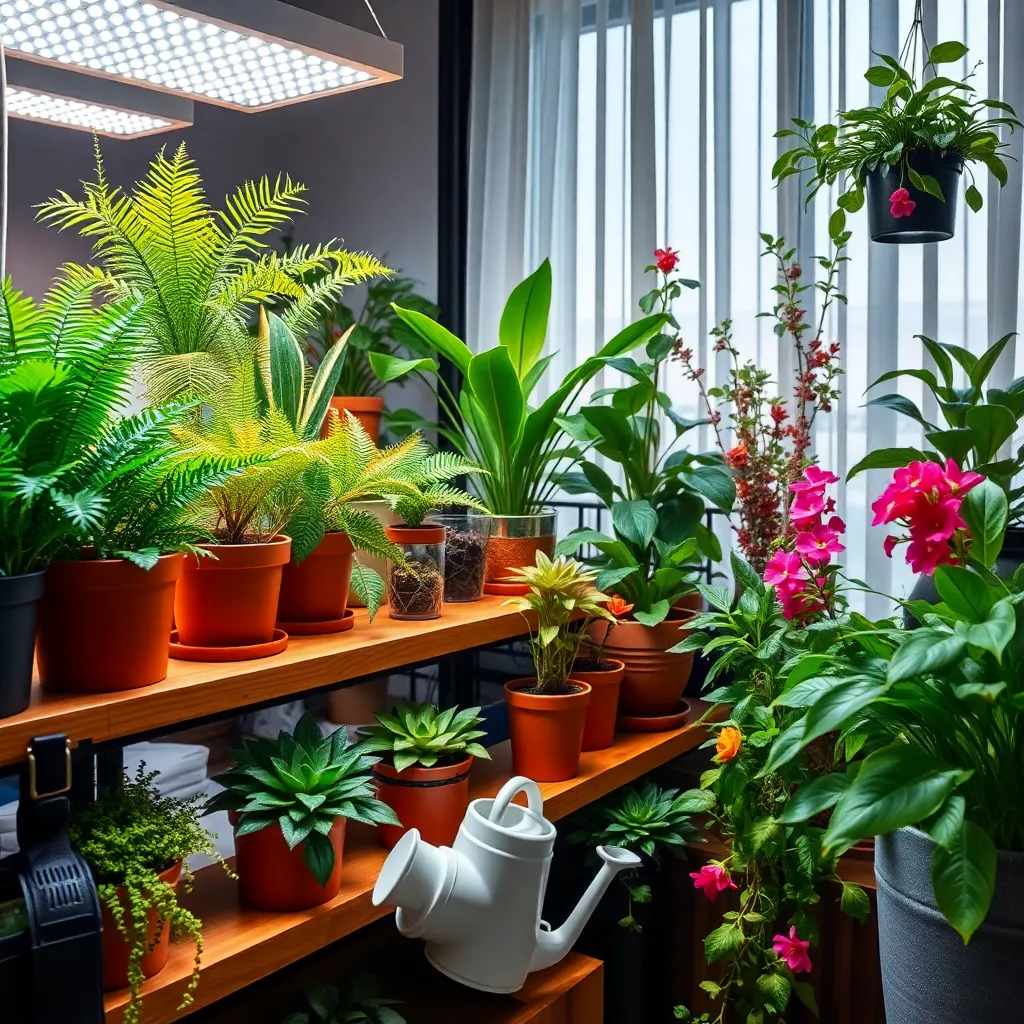In the hustle and bustle of modern life, finding time for gardening can feel like a luxury, yet the joy of nurturing a thriving garden is unmatched. Whether you’re planting your first seeds or have years of experience under your belt, “Top Gardening Tips for Busy People” is your go-to guide for turning limited time into lush, productive gardens.
This guide is not just about growing plants; it’s about cultivating a sense of accomplishment and serenity that only a garden can provide. With practical tips tailored for every schedule, you’ll discover how even the busiest individuals can enjoy the therapeutic benefits of gardening, reaping rewards that go beyond fresh blooms and bountiful harvests.
Imagine stepping outside to a garden that seems to thrive effortlessly, thanks to clever techniques and time-saving strategies. By embracing the insights shared here, you’ll not only enhance your gardening skills but also boost your confidence, knowing you can balance life’s demands while still nurturing a vibrant, successful garden.
Self-Watering Planters (Low-Maintenance Hydration)

Self-watering planters are a game-changer for those who want to keep their plants hydrated with minimal effort. These planters feature a reservoir at the base, allowing plants to absorb water as needed, reducing the frequency of manual watering.
To set up a self-watering planter, fill the reservoir with water first, ensuring it can last several days. This is particularly useful for busy gardeners who might not have time to water daily, as it provides consistent moisture to the plant roots.
For optimal results, use a lightweight potting mix designed for container gardening, which allows for better water absorption. Adding perlite or vermiculite can further enhance drainage and aeration, preventing root rot.
Beginners will appreciate that these planters can help avoid overwatering, a common mistake. Meanwhile, experienced gardeners can experiment by using self-watering systems to grow more water-sensitive plants like basil or ferns.
Maintenance involves periodically checking the water level and refilling the reservoir when necessary. This simple habit ensures that plants remain healthy and thriving, even during busy periods or vacations.
Compact Herb Kits (Space-Saving Aromatics)

Compact herb kits are a boon for those who cherish fresh flavors but lack extensive gardening space. These kits typically include a selection of aromatic herbs like basil, mint, and thyme, making them perfect for a sunny windowsill or a small balcony.
For optimal growth, use a well-draining potting mix enriched with organic matter, which ensures your herbs receive the nutrients they need. Water consistently but sparingly, allowing the soil to dry slightly between waterings to prevent root rot.
Position these kits in a spot that receives at least six hours of sunlight daily to maximize their aromatic potential. If natural light is limited, consider investing in a small grow light to supplement their needs and keep them thriving year-round.
For those looking to elevate their herb gardening skills, frequent pruning encourages bushier growth and a bountiful harvest. Regularly pinch back the tips of the plants to prevent flowering, which can diminish their flavor and vitality.
Perennial Plants (Year-Round Beauty)

Perennial plants are an excellent choice for busy gardeners as they provide beauty year-round with minimal effort. They return each year, reducing the need for replanting, and many are adaptable to various climates and soil conditions.
To ensure your perennials thrive, start by choosing a location with the right amount of sunlight. Most perennials prefer full sun to partial shade, so observe your garden to determine the best spots.
Soil quality is crucial for the health of your perennials. Aim for well-draining soil, enriched with organic matter, to support robust growth and resilience against pests.
Watering needs may vary, but most perennials benefit from deep watering once a week. This encourages deeper root systems, which help plants withstand drought conditions better.
For those with more experience, consider dividing your perennials every few years to maintain vigor and prevent overcrowding. This also offers the opportunity to expand your garden or share with friends.
Mulching Techniques (Weed Control and Moisture Retention)

Mulching is an excellent technique for busy gardeners, offering both weed control and moisture retention. By spreading a layer of organic or inorganic material over your soil, you can significantly reduce the time spent on weeding and watering.
Incorporating organic mulches like shredded bark, straw, or compost adds nutrients to the soil as they decompose. This not only improves soil health but also encourages earthworms and beneficial microbes, enhancing plant growth.
For those in drier climates, opt for thicker mulch layers of 3 to 4 inches to maximize moisture retention. Ensure that the mulch does not touch plant stems, as this can lead to rot or pest infestations.
Advanced gardeners might consider using black plastic or landscape fabric under organic mulch for even greater weed suppression. These materials block sunlight, preventing weeds from establishing and further reducing garden maintenance.
LED Grow Lights (Efficient Indoor Growth)

LED grow lights are a fantastic solution for busy gardeners who want to cultivate plants indoors efficiently. They provide a full spectrum of light that mimics natural sunlight, promoting healthy growth in a variety of plants.
Unlike traditional lighting, LED grow lights are energy-efficient, consuming less electricity while providing optimal illumination. This cost-saving feature makes them an excellent investment for those looking to maintain a sustainable indoor garden.
To maximize plant growth, position the LED lights approximately 6 to 12 inches above the plant canopy. Adjusting the height ensures that you provide sufficient light without causing heat stress, which can damage delicate leaves.
Incorporating a timer is a smart way to manage lighting schedules, reducing the need for constant manual adjustments. Aim for 12 to 16 hours of light per day for most plants, but always check specific requirements for the species you’re growing.
Conclusion: Growing Success with These Plants
As we’ve explored in ‘Top Gardening Tips for Busy People,’ nurturing your garden—and your relationships—requires thoughtful attention and practical strategies. First, prioritize quality time, even in small doses, to cultivate deeper connections. Second, embrace the power of active listening, ensuring every conversation is a chance to truly understand your partner. Third, practice patience, just as you would when waiting for seeds to sprout, allowing relationships the time they need to flourish. Fourth, celebrate small wins, acknowledging each step forward in your journey together. Finally, maintain a balance; just as you would tend to various plants, ensure that each relationship receives the care it deserves.
To put these insights into action, take a moment today to engage in a meaningful conversation with someone important to you, practicing active listening and patience.
Bookmark this article for ongoing guidance and inspiration, as revisiting these concepts can help reinforce your journey towards a healthier, more fulfilling relationship landscape. Remember, just like a well-tended garden, relationships thrive when nurtured with love and care. Let this be a stepping stone towards a future where your connections blossom beautifully, supported by the insights you’ve gained here.
